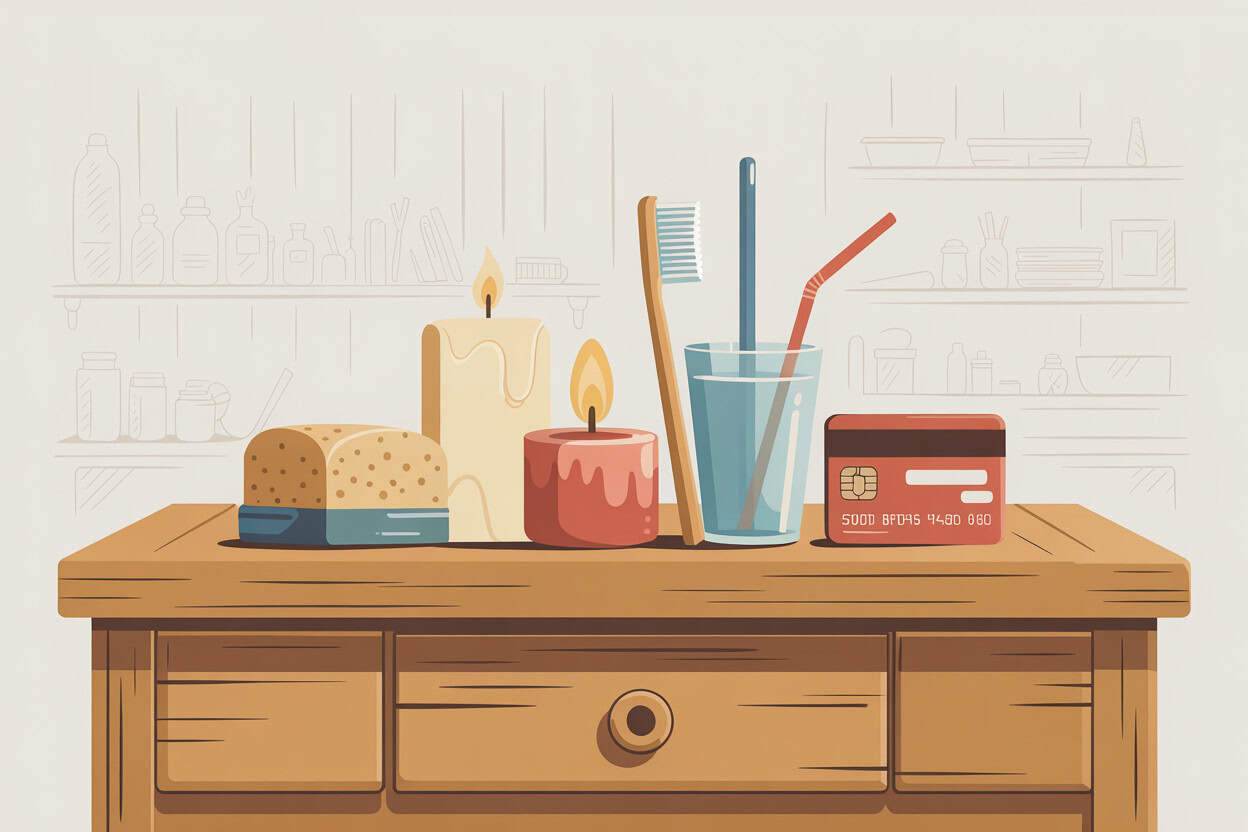Some of the handiest tools in my shop didn’t come from the hardware store — they came from around the house.
From kitchen drawers to bathroom cabinets, everyday items can solve woodworking problems in clever ways.
These simple stand-ins save money, reduce frustration, and often work just as well as the “real” thing.
1. Baking Soda for Filling Gaps with Super Glue

When I need to fill a small crack or gap, I sprinkle in baking soda and add a drop of super glue.
It hardens almost instantly into a solid patch that can be sanded smooth.
It’s a quick fix for tiny mistakes, nail holes, or places where wood filler just won’t hold up.
2. Salt for Stopping Wood from Slipping During Glue-Ups
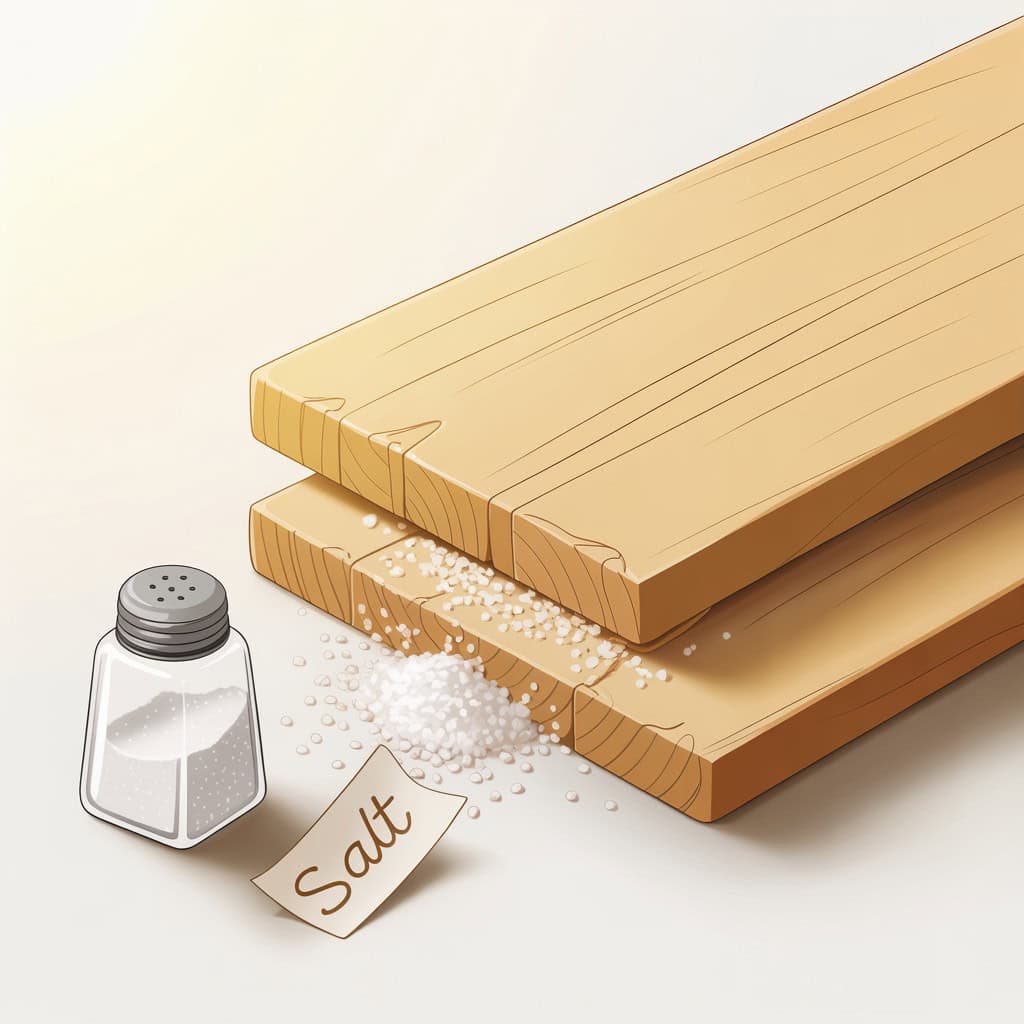
When clamping two boards together, they sometimes slide around on the wet glue. Sprinkling a few grains of salt between the surfaces adds just enough grit to keep them from moving.
It’s a tiny trick that makes glue-ups faster, easier, and far less frustrating.
3. Aluminum Foil for Wrapping Glue Bottles or Mixing Small Epoxy Batches
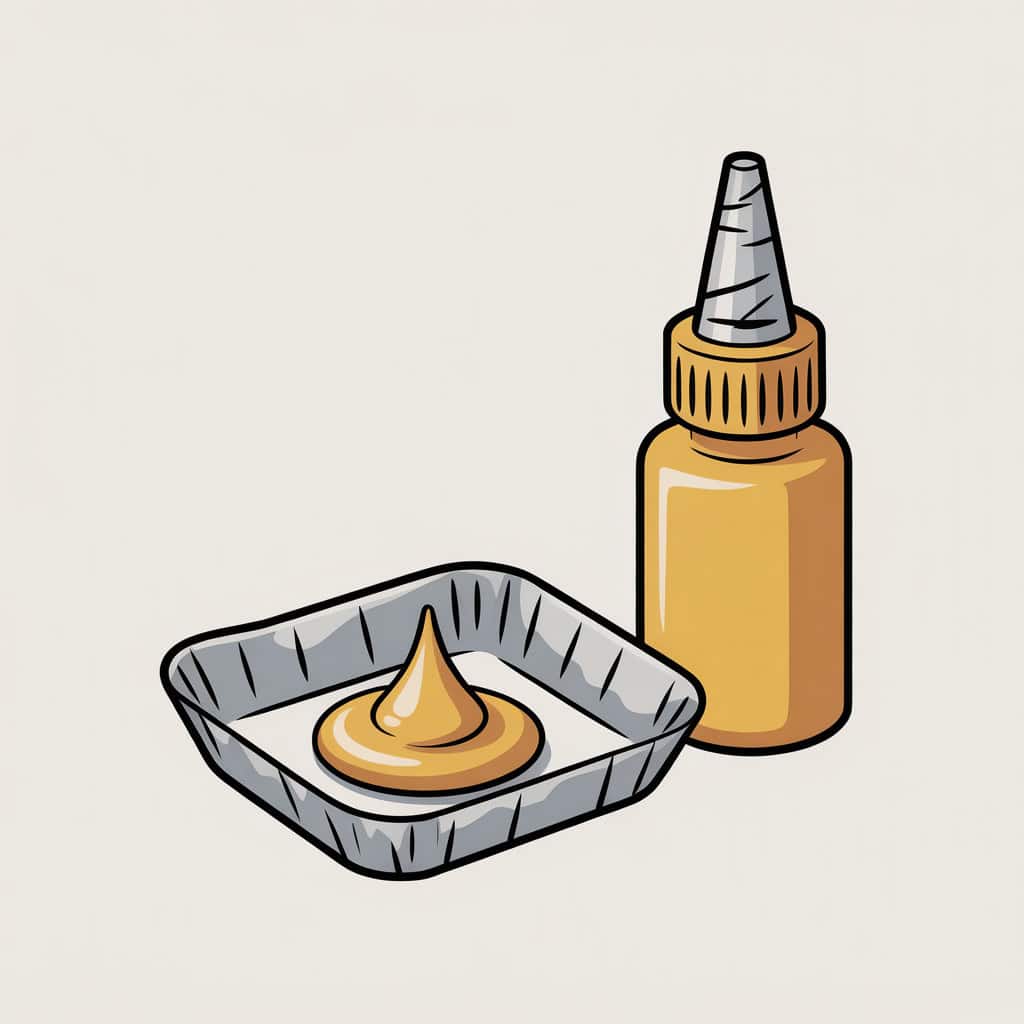
Aluminum foil is one of those shop helpers I never expected to use. I wrap the tips of glue bottles to keep them from clogging, or tear off a small piece as a disposable tray for mixing epoxy.
It’s cheap, easy to find, and saves me from wasting brushes or cups.
4. Chopsticks for Stirring Finishes or Pushing Glue into Joints
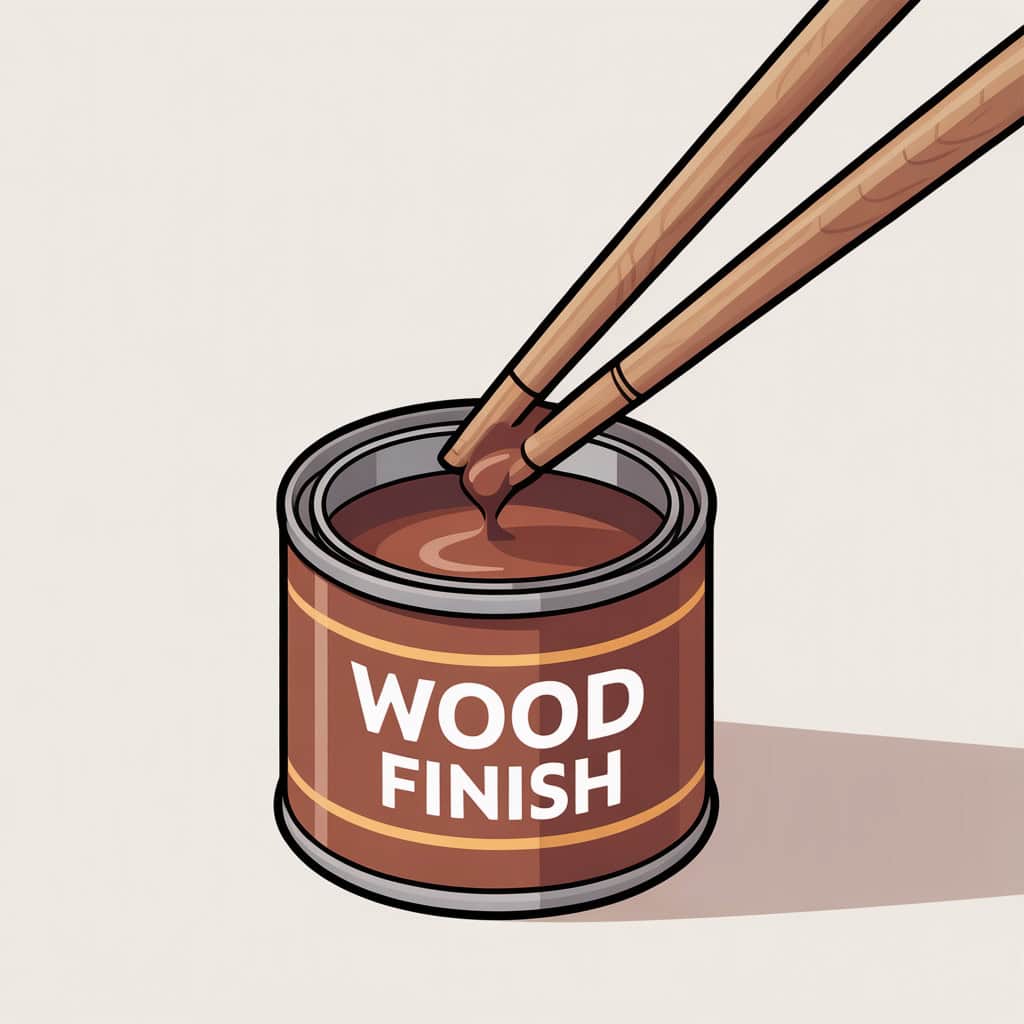
Wooden chopsticks are perfect for odd shop tasks. I use them to stir finishes in small cans, or to push glue deep into corners and joints where a brush can’t reach.
They’re free, disposable, and sturdier than most stir sticks.
5. Kitchen Sponges for Applying Stain Evenly on Large Surfaces

Instead of buying special pads, I grab a clean kitchen sponge to apply stain. The sponge soaks it up and spreads it smoothly across the wood.
It’s quick, cheap, and gives an even coat without leaving streaks.
6. Small Spray Bottles for Raising the Grain Before Final Sanding
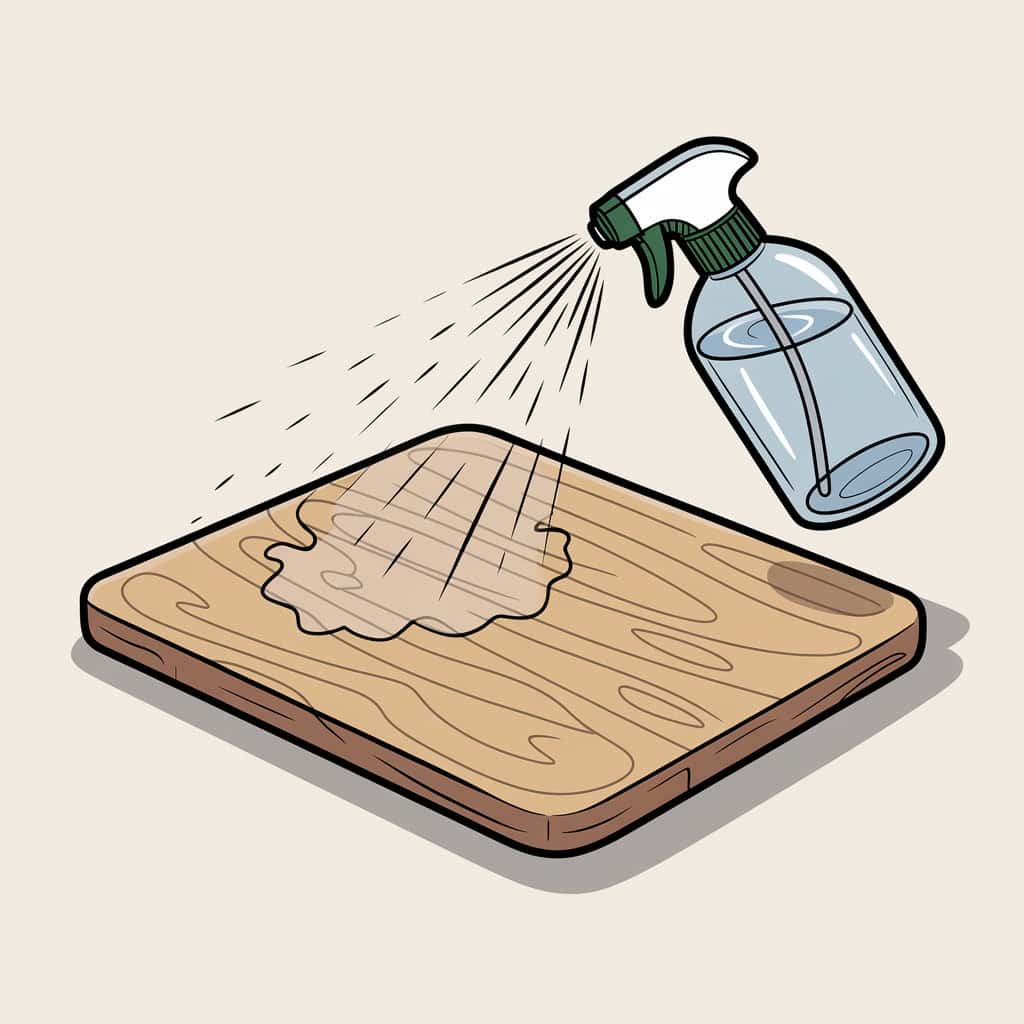
A mist of water before the last sanding step raises the wood’s grain. The tiny fibers stand up, so sanding knocks them down for a smoother finish.
It’s a simple way to prevent a rough feel when stain or finish is applied.
7. Drinking Straws for Removing Squeeze-Out in Corners
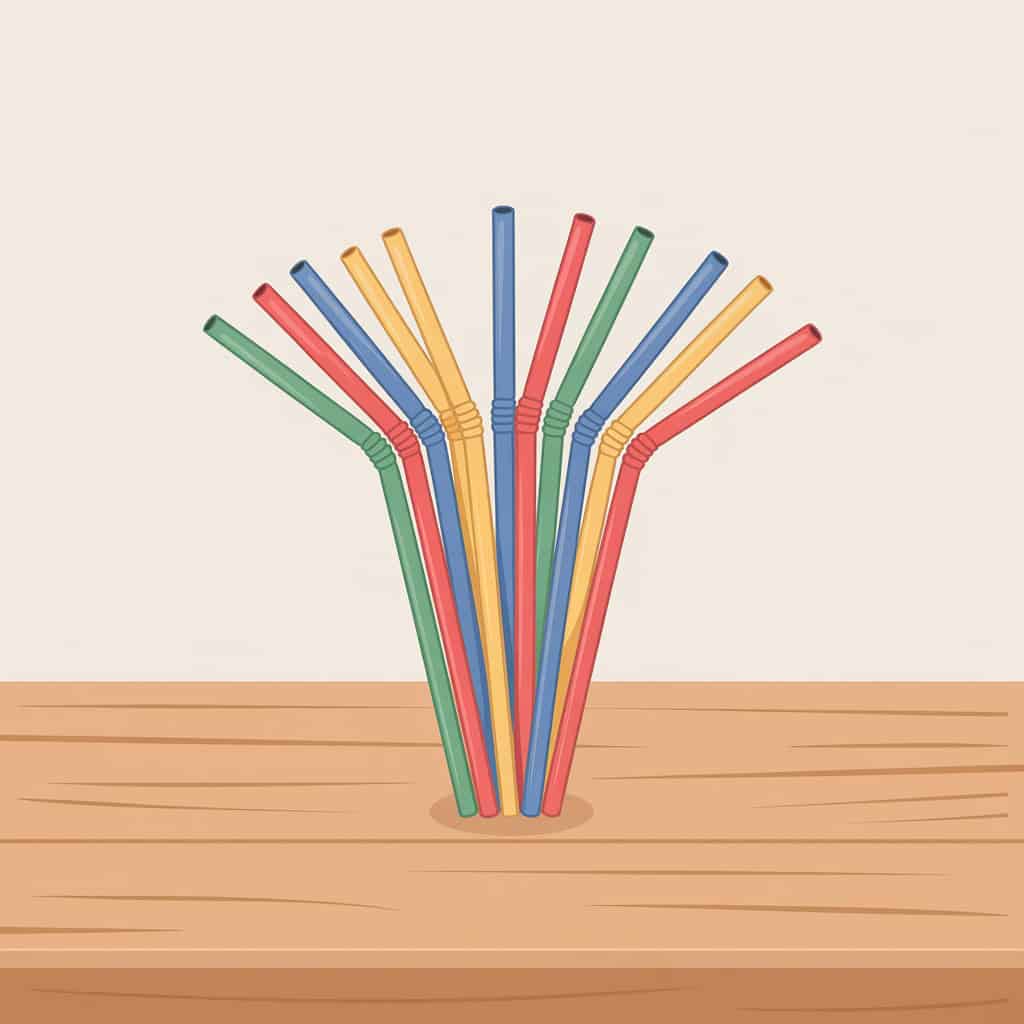
Glue squeeze-out can be tricky to clean in tight spots. A plastic drinking straw works perfectly — I press the end into the corner and drag it along to scoop up the excess.
It leaves a clean joint without smearing glue across the surface.
8. Credit Cards for Spreading Glue
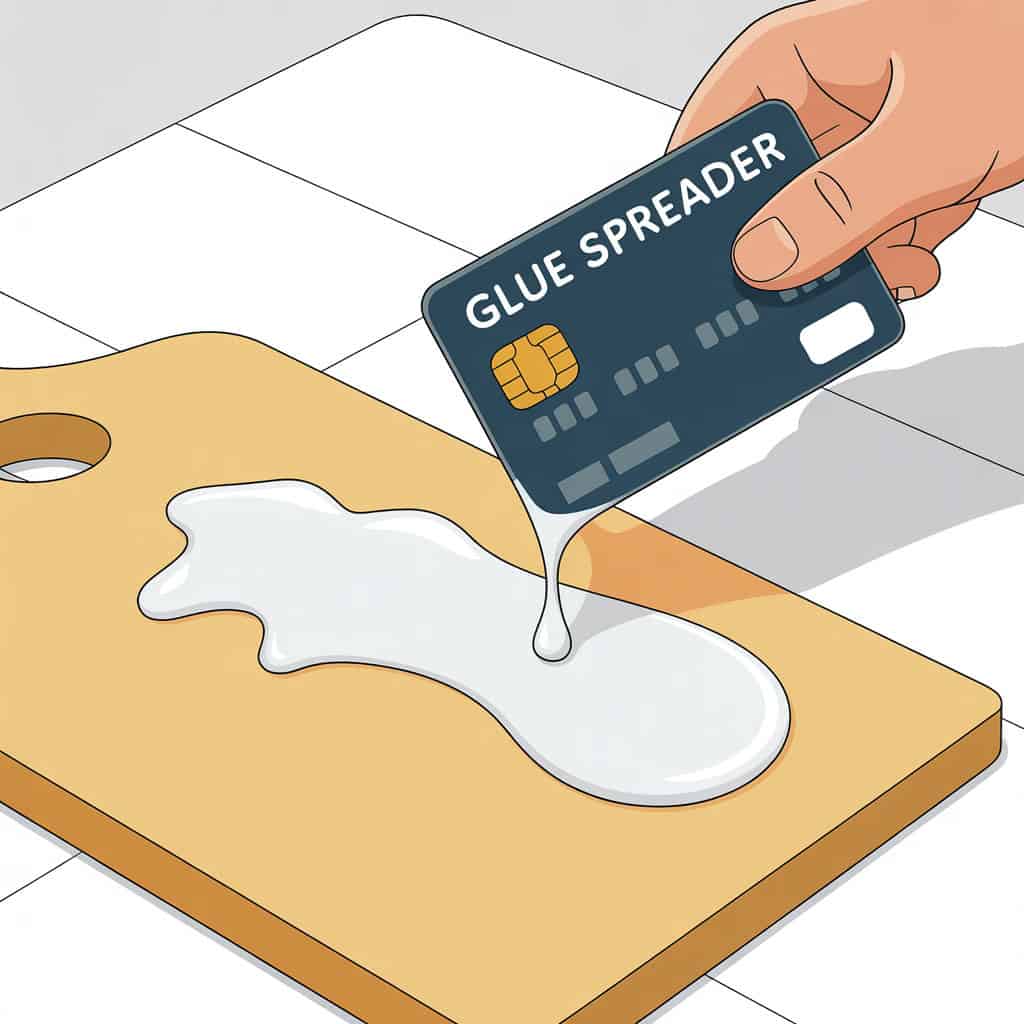
Old credit cards make great glue spreaders. The flat edge lays down an even coat across panels, and the flexibility helps push glue into joints.
When the glue dries, I just bend the card and the residue flakes right off.
9. Zip Ties for Clamping Awkward Shapes
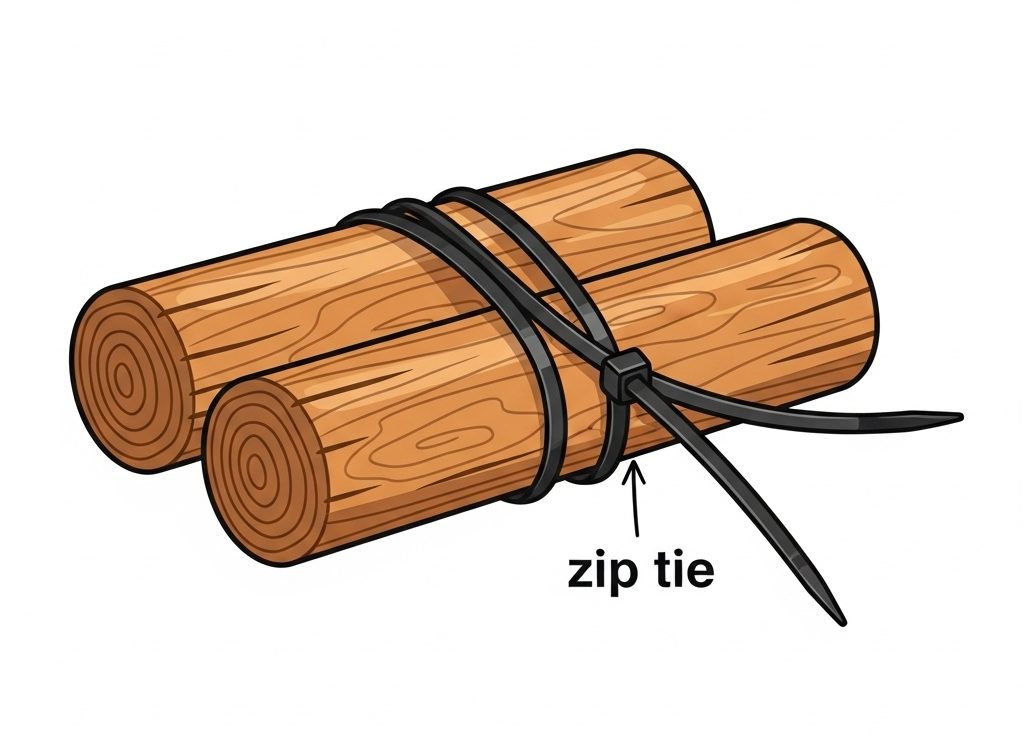
Not everything fits into a regular clamp. For round or oddly shaped pieces, I loop a few zip ties tight and let them hold the parts together while the glue dries.
They’re cheap, strong, and can reach where clamps can’t.
10. Binder Clips for Keeping Sandpaper Tidy or Clamping Small Parts
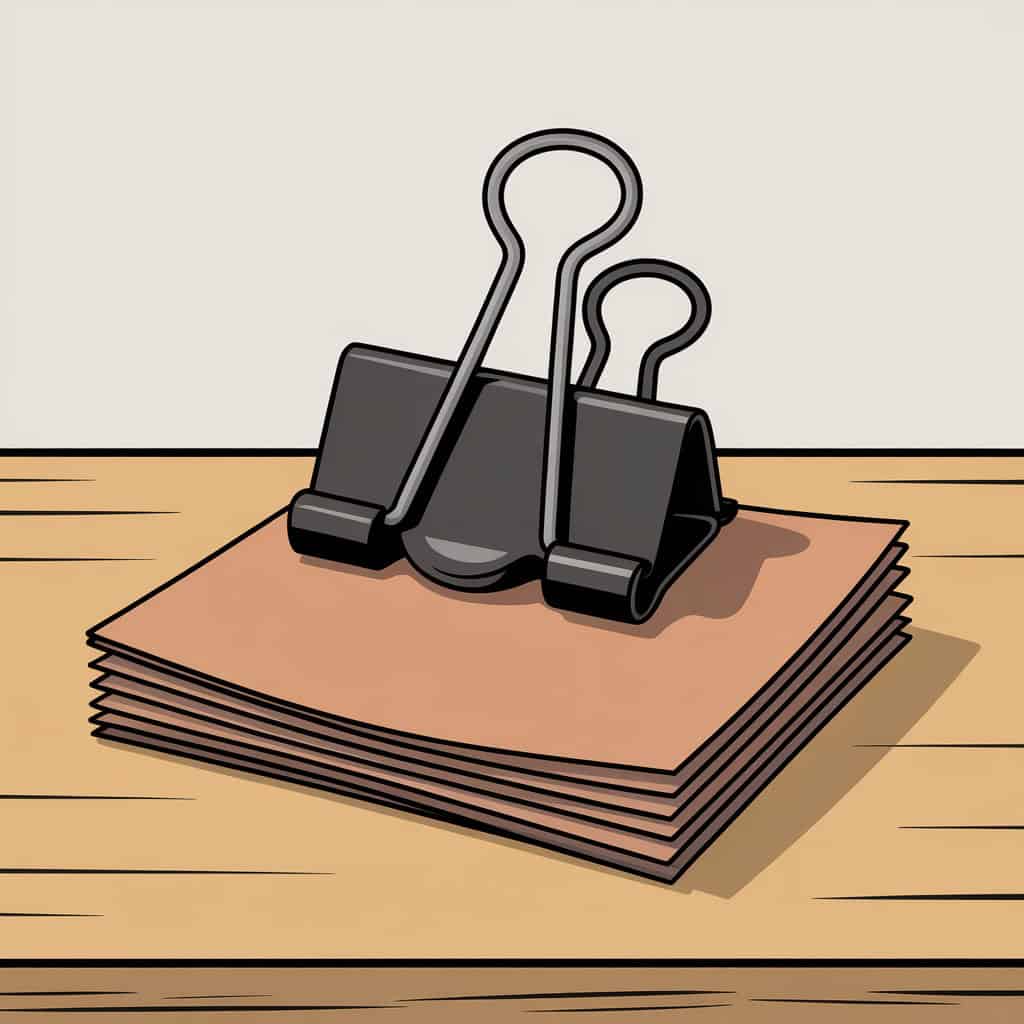
Binder clips aren’t just for paper. I use them to keep sandpaper sheets organized, or to clamp thin pieces together when a regular clamp is too bulky.
They’re small, strong, and surprisingly handy in the shop.
11. Clothes Pins for Holding Small Parts While Gluing
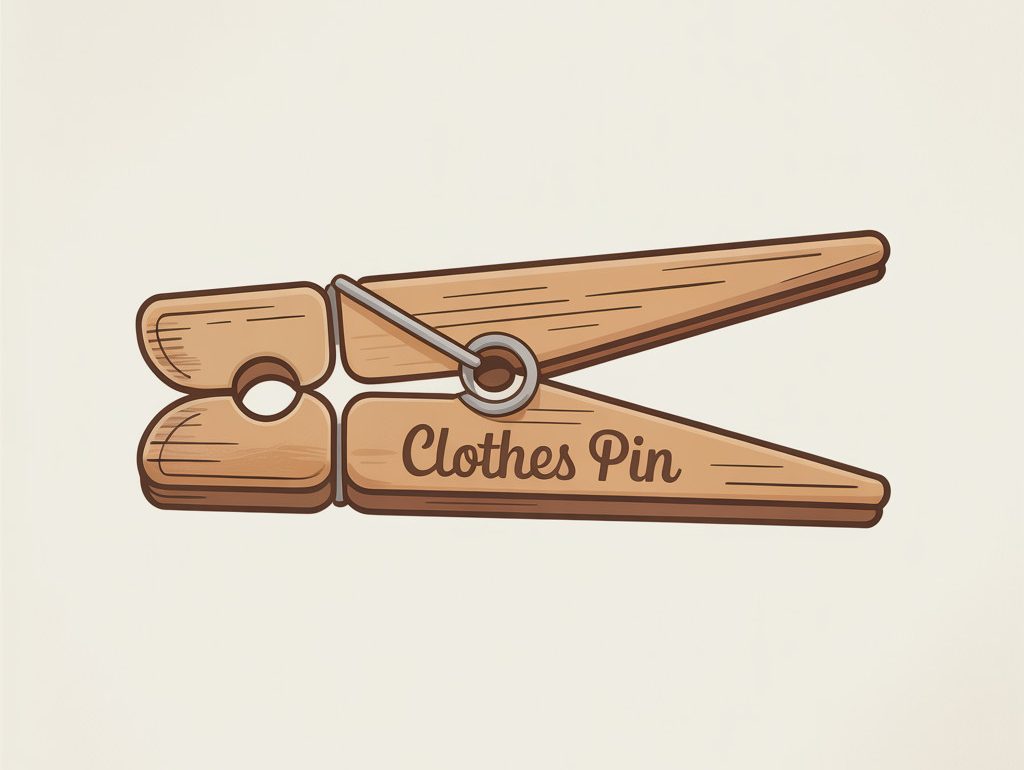
Wooden clothes pins are perfect for holding tiny pieces while the glue sets. I’ll sometimes add a little padding to the jaws for extra grip.
They don’t replace clamps, but for small, delicate work they’re quick and easy.
12. Emery Boards (Nail Files) for Sanding Tiny Details
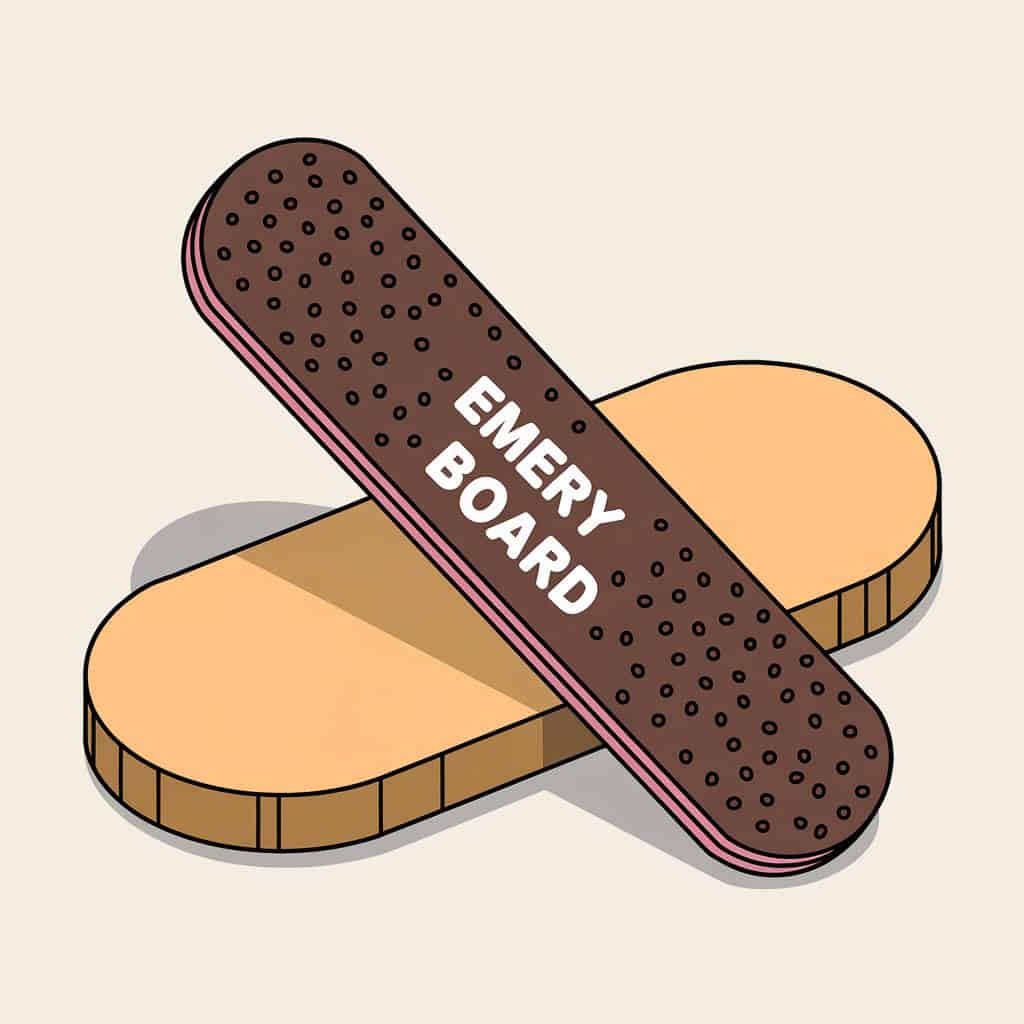
For small curves or tight corners, emery boards work better than regular sandpaper. They’re stiff, easy to hold, and come in fine grits that smooth delicate spots.
They’re cheap and disposable, so I don’t mind wearing through a few on tricky shapes.
13. Old Toothbrushes for Glue Cleanup

When glue squeezes out of a joint, an old toothbrush and a little water make cleanup easy. The bristles get into corners and grooves better than a rag.
It saves me time sanding later and keeps the joint looking clean.
14. Old Rags or T-Shirts for Applying Oil Finishes
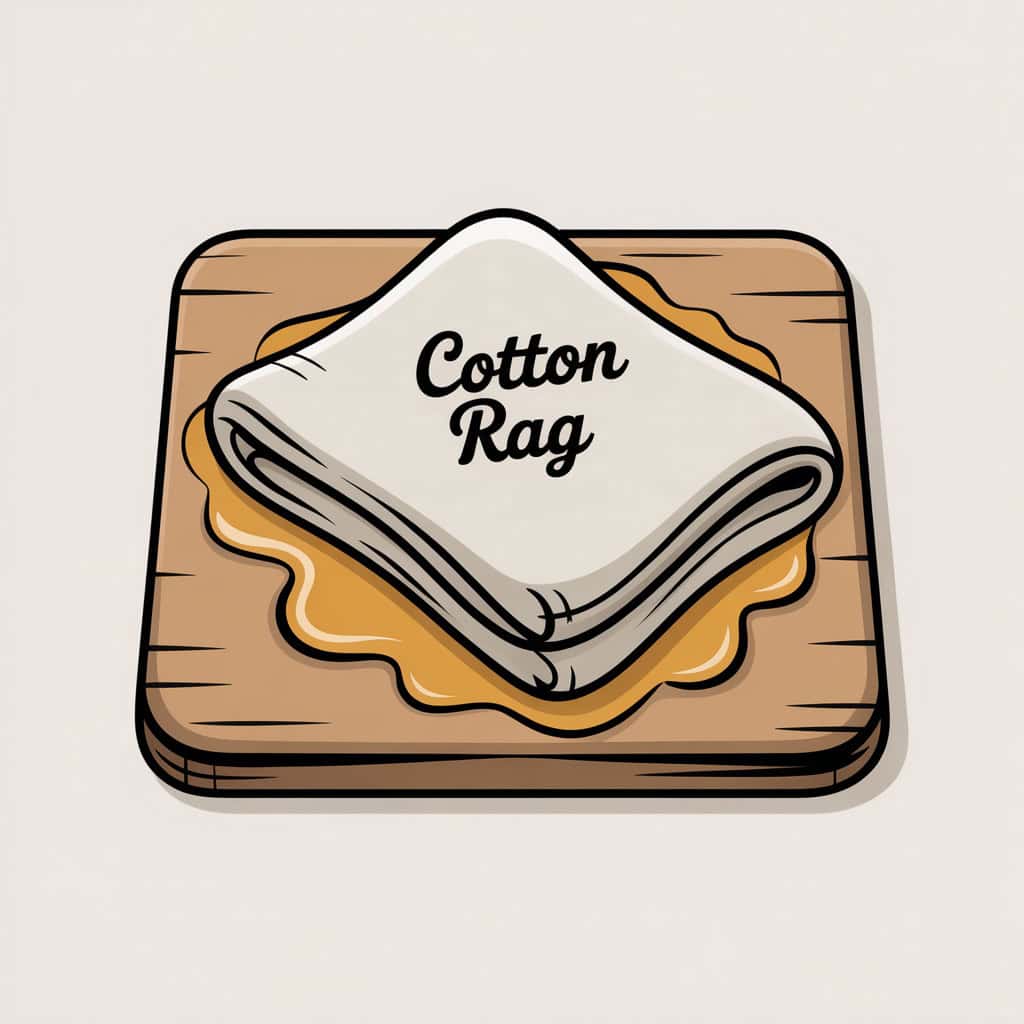
Instead of buying fancy applicators, I cut up old cotton T-shirts for applying oil finishes. The soft fabric spreads the finish evenly and leaves a smooth surface.
When I’m done, I let them dry flat outside before disposal to avoid any risk of combustion.
15. Candles or Soap for Lubricating Screws and Drawers

A quick rub of a screw on a candle or bar of soap makes it drive smoother and reduces the chance of splitting the wood. The same trick works for sticky wooden drawers.
It’s one of those simple fixes that’s been around forever — because it works.
I’ve spent plenty of money on tools over the years, but these little household helpers still find their way into my shop all the time.
They’re simple, inexpensive, and often work just as well as the specialized versions.
Next time you’re working on a project, look around your house — you might already have what you need sitting in a drawer.
Sometimes the best shop tricks don’t come from the tool aisle at all.
